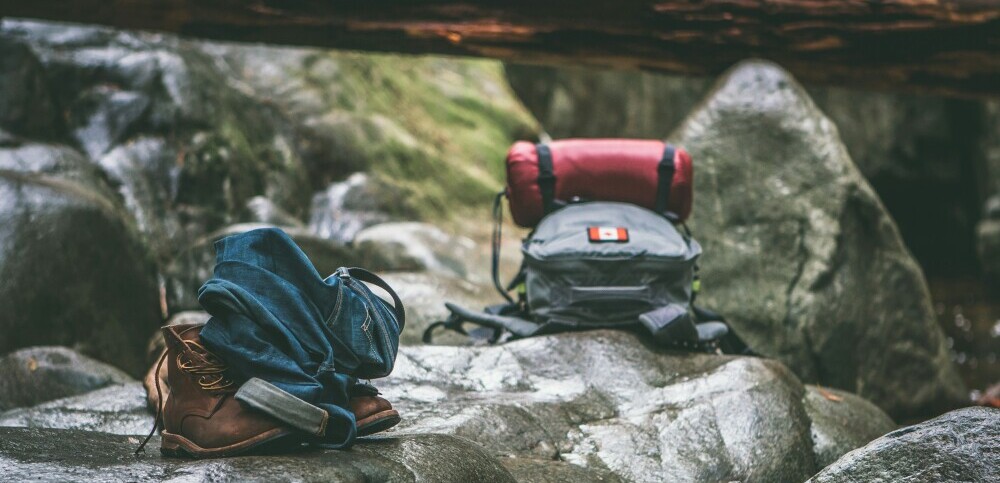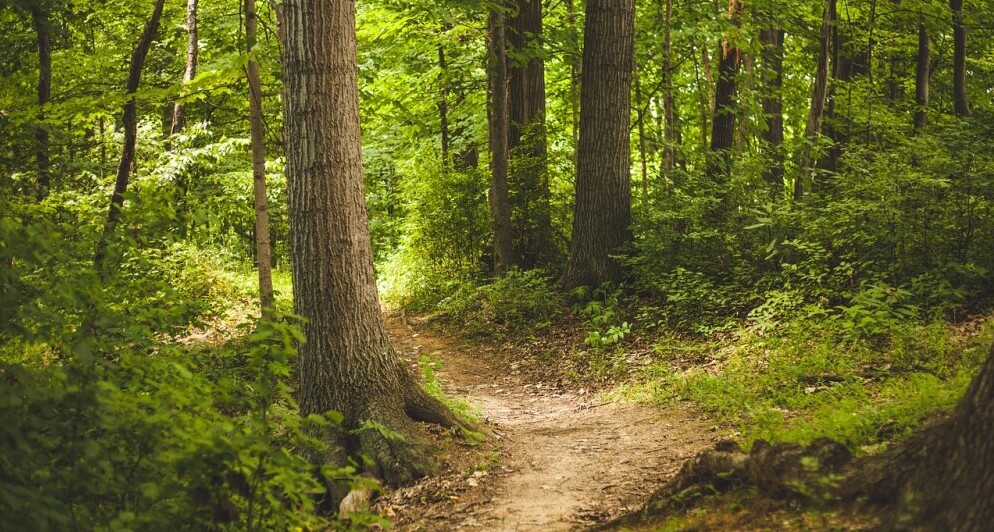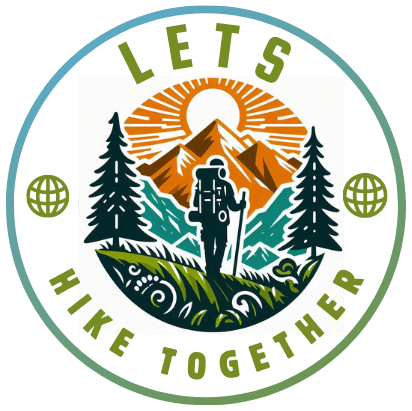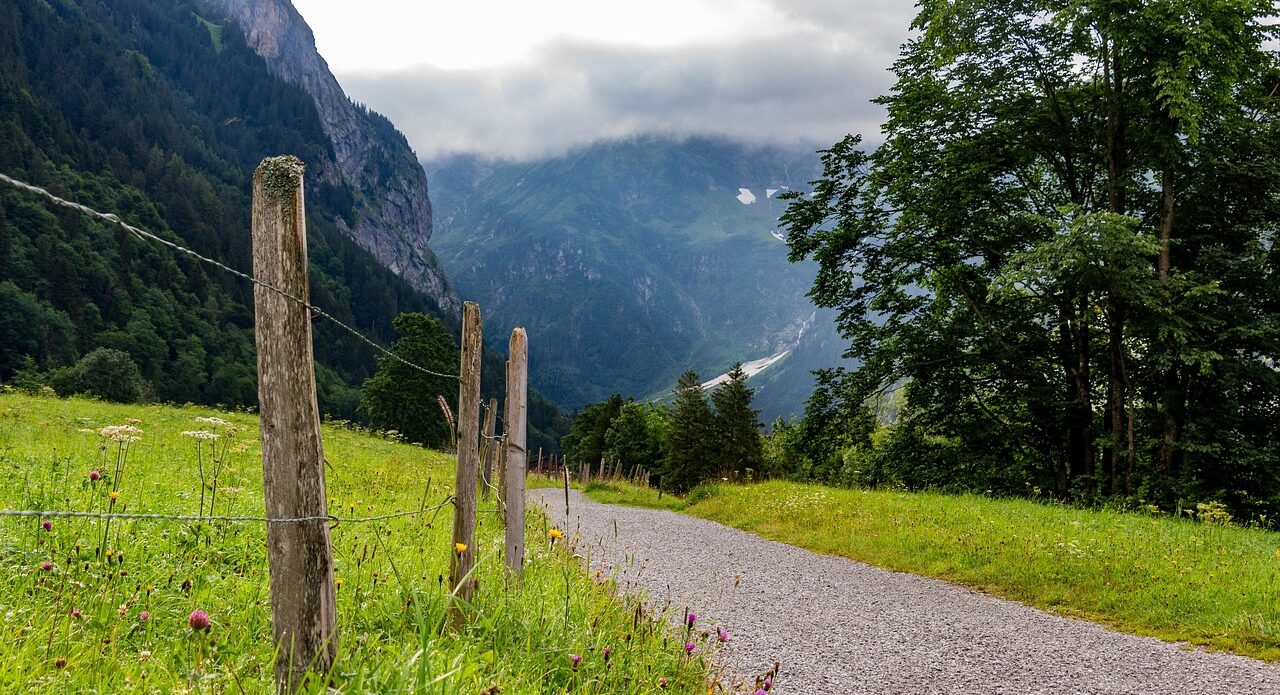Hiking offers a refreshing way to explore nature and get some exercise without requiring a seasoned adventurer. Finding a beginner-friendly hiking trail can make your first experiences both enjoyable and safe. In this article, I share practical tips and insights to help you locate trails that match your level and ensure a positive first impression of hiking.
Table of Contents
Guidelines for Finding Beginner-Friendly Hiking Trails
Getting Started with Hiking for Newbies
Things to Consider Before Hitting the Trail
Weather and Seasonal Conditions
Advanced Tips for Beginner Hikers
Gear Essentials for New Hikers
Frequently Asked Questions
Conclusion
Extra Tips for Beginner Hikers

Essential Guidelines for Finding Beginner-Friendly Hiking Trails
When searching for trails suitable for beginners, it’s important to do some research first. Many parks and recreational areas offer detailed information on trail difficulty and amenities. Use official park websites and online hiking forums as they provide updated trail reviews and easy-to-read maps.
Often, local visitor centers are great resources. Staff there can offer insights into trails that are light on steep climbs and heavy traffic, making them ideal for new hikers. It takes a little research, but knowing what to expect can give you confidence when trying a new origin path.
Trail signs and brochures usually include ratings on trail difficulty, distance, and elevation gain. This information is very useful for gauging whether a particular path meets your fitness level. Also, many trails are marked with symbols or color codes that signify ease or challenge levels. These guides can act as a straightforward way to help you decide which trail to follow.
Getting Started with Hiking for Newbies
The first steps on the trail start long before you pack your gear. Mapping out your trip and understanding what is involved helps reduce surprises. Check local maps and online reviews to get a sense of what you’re signing up for. A bit of planning can transform a rough outing into a smooth adventure.
Here are several points to consider before your first hike:
- Assess Your Fitness Level: Be honest about how far and steep a trail you feel comfortable tackling. It’s best to choose routes labeled as easy or beginner-friendly.
- Research the Trail: Look into reviews, maps, and trail descriptions. This research lets you know if the path is well-marked with clear signs and if there are plenty of rest spots along the way.
- Safety Considerations: Ensure the trail is in a familiar area that has a good reputation for safety. Check for emergency contact details and signage about wildlife or challenging terrain.
- Weather Forecast: A weather check should be part of your planning to avoid getting caught in severe conditions. Clear, mild weather is typically best for beginners.
- Time of Day and Crowds: Some trails are busier during peak times, making them ideal for social hikes but also potentially crowded. Knowing when others are likely to be on the trail can help set your expectations.
Having these steps in mind will help smooth out the initial hurdles of hitting the trail. The goal for beginners is to build confidence gradually while enjoying nature’s beauty.

Photo by Pexels
Things to Consider Before Hitting the Trail
Even beginner-friendly trails come with their set of considerations. Knowing what challenges you might face can help you prepare accordingly. Here are a few key factors to keep in mind:
- Proper Gear and Footwear: Wearing hiking shoes that provide good grip and support can prevent injuries. Lightweight and breathable attire will keep you comfortable during the ascent and descent.
- Trail Conditions: Look up recent updates from park managers or local hiking apps. Wet or muddy paths can change a previously easy trail into a more challenging hike.
- Navigation Tools: Even on simple trails, carrying a map or using a mobile hiking app is useful. It reassures you that you’re on the right path and helps in case of unexpected turns.
- Hydration and Snacks: Pack enough water and a few energy-boosting snacks. Having proper nutrition helps keep your energy levels up throughout the hike.
Proper Gear & Footwear
Investing in the right gear isn’t about having expensive equipment. It’s about choosing items that provide safety and comfort. Durable hiking boots with ankle support and a sturdy sole can make your journey much smoother. Additionally, moisture-wicking clothing and a weatherproof jacket are practical options as you move along different terrains.
Go to: Beginner’s Guide To Choosing The Right Hiking Gear
Trail Difficulty Ratings
Understanding how trails are rated saves you from an unwelcome surprise mid-hike. Beginner trails typically have gentle inclines and clear markings. Familiarize yourself with common indicators like trail length and elevation gain, which offer a glimpse of the physical effort needed. Guidelines provided by national and state parks can help you decide if a trail suits your current skill level.
Special Tip
- Start Small: Begin with short, easy hikes to build up your fitness and confidence, ideally between 1-3 miles/2-5km.
- Elevation Gain: Look for trails with minimal elevation gain, ideally under 200 feet (60 m), and gentle, gradual inclines to avoid unnecessary strain early on.

Photo by Pexels
Weather and Seasonal Conditions
The weather plays a pivotal role in the hiking experience. Seasons affect a trail’s conditions, what might be easy in summer could be slippery in autumn with falling leaves or potentially icy in winter. Preparing for seasonal changes helps in selecting the right day and time to enjoy your hike, ensuring you have a steady experience on the trail.
Proper planning is key to meeting these challenges head-on. When you check these details in advance, you can prevent many of the common issues that new hikers often face.
So the special tip is: Always check the weather forecast before heading out and be prepared for changing conditions.
Go to: How To Check The Weather And Trail Conditions Before Hiking
Some More Special Tips
• Inform Someone: Let someone know your plans, including your expected return time.
• Pack the Essentials: Bring plenty of water, snacks, appropriate clothing, a map, and a first-aid kit.
• Follow Trail Etiquette: Stay on marked paths, respect other hikers, and leave no trace.
• Pace Yourself: Go at a comfortable pace and take breaks when needed.
• Know When to Turn Back: If a trail becomes too challenging, don’t hesitate to turn back.
Advanced Tips for Beginner Hikers
Once you become more confident, a few advanced techniques can step up your hiking experience. These strategies aren’t only for the seasoned pro; they are simple additions that help beginners get more out of each expedition.
First, consider using a mobile app that offers real-time trail conditions, maps, and user reviews. Many of these apps are straightforward and provide detailed information on trails from across the region. They can give you current info on any closures or hazards you should be aware of.
Another great tip is to connect with local hiking groups or clubs. These communities are welcoming and usually have trails that are well-suited for new hikers. Joining a hiking group means you can share tips, participate in guided hikes, and learn from others’ experiences on the trail.
When you become aware of leaf spread and seasonal changes, you might also consider planning hikes in different seasons. This approach lets you experience how nature transforms, offering varied scenery that enriches your hiking practice. Different times of the year invite you to take a closer look at the environment and adjust your gear and supplies to meet changing conditions.
Advanced hikers often pay attention to small details such as trail markers and hidden water sources. Even if you’re not following a strenuous path, these little aspects add value to a relaxing hike. Keeping a hiking journal or photo log of different trail features may enrich your experience and make future hikes even more interesting.
Gear Essentials for New Hikers
Although finding trails is about location and maps, having the right gear ensures that your journey is comfortable and safe. Let’s get into some items that are popular among beginner hikers.
For starters, a well-fitted pair of hiking shoes is a must. Not only do they provide essential support, but they also offer the grip necessary on uneven terrain. Investing in shoes designed specifically for hiking can reduce the risk of slips and falls.
Next is proper clothing. Dress in layers so you can adjust to changing temperatures on the trail. A breathable, moisture-wicking base layer keeps you comfortable during the hike, while an outer shell protects you against wind and rain. A light backpack that stores water, first aid supplies, and snacks is another accessory that can make a hike more pleasant.
- Hiking Boots: Shoes that offer the right balance of comfort and durability for long walks on rough terrain.
- Layered Clothing: Outfits that adapt to the weather and keep you comfortable throughout your hike.
- Hydration Pack: Easy-to-carry water supply systems ensure you stay hydrated during the trek.
- Basic First Aid Kit: Small and portable, for handling minor cuts and scrapes.
- Navigation Tools: Compact maps or digital devices can be a lifesaver in ensuring you stay on track.
When beginning your hiking adventures, these gear essentials not only make your experience more comfortable but also contribute to your safety. Being properly equipped is a smart way to enjoy the peaceful sounds of nature without inconvenient interruptions.
Frequently Asked Questions
New hikers often have questions about how to plan and execute a safe and enjoyable hike. Here are some questions that come up frequently:
Question: What should I look for in a beginner-friendly hiking trail?
Answer: Look for trails that are marked as easy or moderate, have gentle slopes, and clear signage. Reliable reviews and guides from local sources can help ensure the trail matches your experience level.
Question: How much hiking gear do I really need when starting out?
Answer: Start with the basics: a sturdy pair of hiking boots, layered clothing, a hydration system, and a small first aid kit. As you gain more experience, you can gradually invest in additional gear.
Question: Are guided hikes useful for beginners?
Answer: Absolutely. Guided hikes can be a great introduction to local trails, showing you the best timings, points of interest, and safety measures to consider as a new hiker. They also offer a chance to connect with others who share a love for nature.
Question: How do I prepare for changes in weather while hiking?
Answer: Check the weather forecast before you leave and dress in layers. A light rain jacket, extra socks, and an adaptable bag for any adjustments in the trail conditions are practical options.
Conclusion
Finding beginner-friendly hiking trails is about balancing prudent research with real-world exploration. By knowing where to look and what questions to ask, you can locate trails that match your current skill level while gradually expanding your horizons. Whether you are planning a short, local walk or a moderately long hike in a nearby state park, preparation is key.
Embrace the early days of hiking by taking time to learn the basics. Each trail offers its own set of delights and challenges. Enjoy your journey, appreciate the quiet beauty of nature, and don’t hesitate to return to a favorite path as you gain more experience.
Your first steps on these trails could be the start of a rewarding hobby that brings you closer to nature and a healthier lifestyle. So, gear up, check local trail guides and apps, and make that first journey out into the wild. The right trail is waiting to welcome you with open arms, offering both safety and new perspectives on the great outdoors.

Photo by Valiphotos, Pixabay
Extra Tips and Reflections for Beginner Hikers
If you’re looking to get the most out of your hiking experiences, consider spending a little extra time planning each outing. Beyond the basics of gear and trail research, it helps to think about your personal goals for each hike. Many beginners find that taking a leisurely walk on a carefully chosen trail not only improves physical fitness but also clears the mind and sparks creativity. Use these moments to check out your surroundings and let your thoughts wander. Consider keeping a journal where you note down impressions, small discoveries, and even challenges you overcame along the way.
It can also be rewarding to take the time to interact with fellow hikers. Casual conversations on the trail often lead to unexpected tips about hidden spots or scenic viewpoints that are not found in guidebooks. Each shared experience can spark ideas for your next adventure. Whether you are discussing your favorite snacks for a long trek or advising a newcomer on the best time to hit a dormant trail, every conversation enriches your understanding of the outdoors.
Another point to remember is to be patient with your own progress. Everyone starts somewhere, and what might seem like a small hike today could evolve into the next stage of physical and mental growth tomorrow. As you build up your endurance and confidence, you might decide to extend your routes, plan multi-day trips, or even experiment with different types of trails. Every journey, no matter how short, contributes to a broader adventure in nature.
Finally, take a moment after each hike to reflect on what you learned and what you might do differently next time. This reflection not only cements positive habits but also encourages you to step up your planning for future expeditions. Over time, these small improvements will add up, making each hike more enjoyable and memorable. Remember, hiking isn’t just a physical activity; it’s a chance to connect deeper with nature and with yourself.
By embracing these extra tips and reflections, you are giving yourself the opportunity to not only explore new trails but also cultivate a richer, more fulfilling outdoor lifestyle. Happy hiking!


